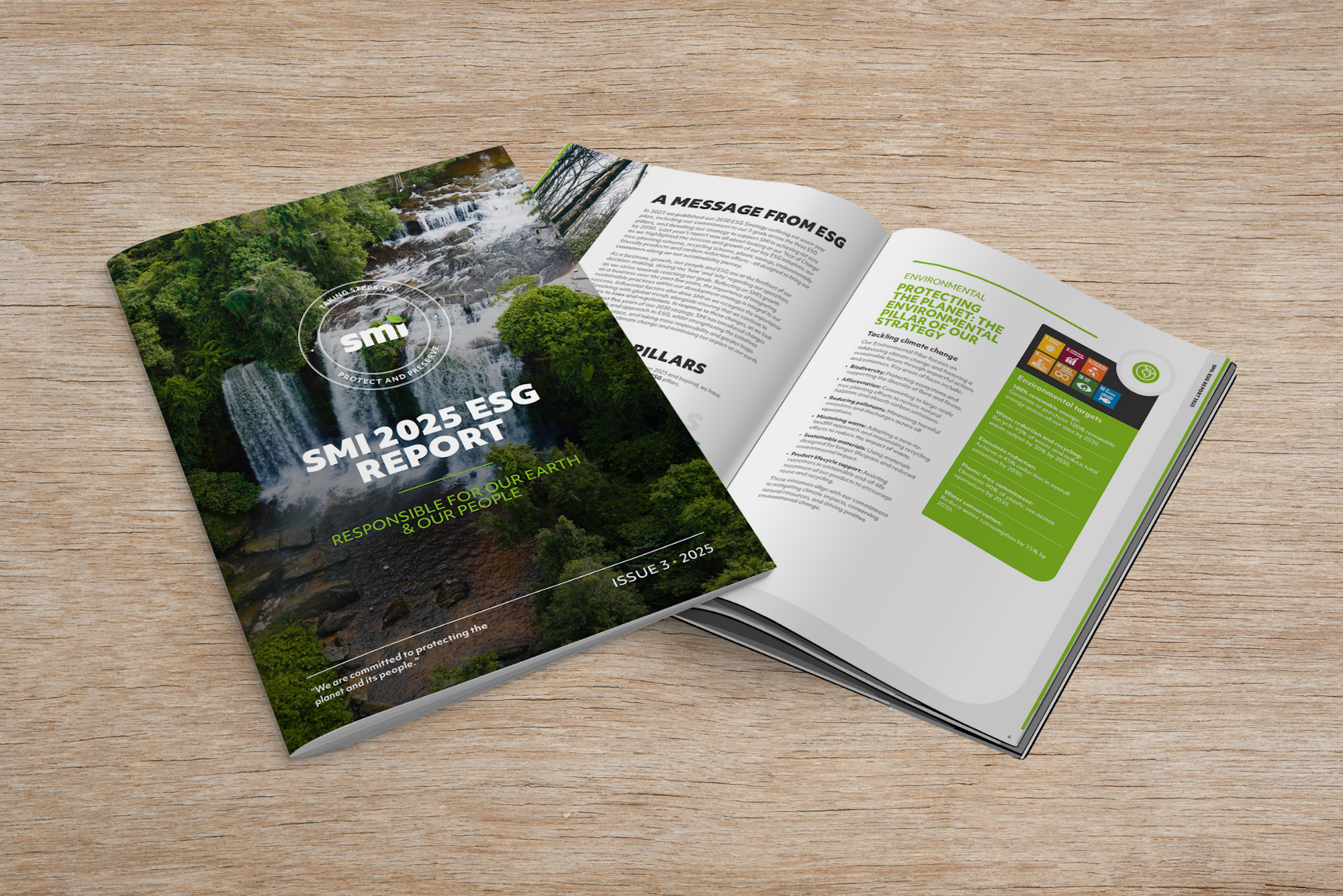
Insight
SMI's Christmas and New Year Operational Hours
Find SMI’s Christmas and New Year 2025–26 opening hours.
View head office closure dates, warehouse availability, and how to contact us during the holiday period.
7 minute read

There’s one thing everyone needs on the job - safety. That’s where Personal Protective Equipment (PPE) comes in.
PPE is your first defence against accidents, but:
Making a decision can be daunting. Don’t worry - this guide makes it a whole lot clearer.
Here are nine of the best types of PPE to keep your team safe.
Head protection is a must if there’s any risk of falling objects, low beams, or moving parts.
Hard hats, welding helmets and bump caps. The right protection means safety, confidence, and no distractions.
Here’s a quick guide to PPE head protection:
TOP TIPS:

Do dust, debris, splashes, or sparks pose a risk on site? Then eye protection isn’t optional - it’s essential.
From specs to shields, here's what to consider:
TOP TIPS:
Choosing the best workboots means staying safe and comfortable on the job.
But, when you need solid protection, which do you choose?
Walk through our personal protective equipment list:
TOP TIPS:

A noisy workplace isn’t just annoying - it’s a health hazard.
How noisy is your workplace?
Use The Control of Noise at Work Regulations 2005 to check how loud it gets before handing out ear defenders.
Otherwise, long-term exposure to high decibels can cause permanent damage.
Here are your three best choices for hearing protection:
TOP TIPS:
Are you breathing in harmful dusts or gases at work?
Don’t risk lung damage - yours or your team's. Invest in respiratory protective equipment (RPE masks).
The top choices are:
TOP TIPS:
Not sure which mask is right for you? We’re here to help.
Call us on 0330 441 3500 or drop us a message - let’s find your best fit.

Hands take the brunt of tough work. Cuts, chemicals, heat, or impact - the risks add up fast.
The best defence? The right safety gloves.
You might also need other types of PPE, like wrist cuffs or armlets.
Here are a few tried and tested options:
TOP TIP: Gloves that conform to EN 388 are fantastic for general safety gloves.
As you might have guessed, body protection gives you all-over protection.
It protects your torso and limbs - your vital organs will thank you!
But, when do you need all-over body protection?
If you or your team work with chemicals, biohazards, heat, flames, or dirt and debris, they probably need this type of PPE.
Your go-to options for body protection are:
TOP TIP: Check it fits. - Overalls too big can snag on tools or machinery, and are hard to move in.

Working near high-traffic areas, around machinery, or in low light?
You need high-visibility clothing (hi-vis).
Be seen and safe with these hi-vis options:
TOP TIPS:
The right protection isn’t just about helmets and boots.
Sometimes, it’s the add-ons that keep you safer and more comfortable.
Depending on the task, here are a few essentials to consider:
Shop our workwear accessories to find the right balance of comfort and PPE safety.

Here are some of the most common questions we get asked about PPE.
Head, eye/face, ears, lungs, hand, foot, and body protection.
Learn more about PPE with our blog.
It’s the basic standard for chemical protective coveralls to protect against harmful fibres, dust, and powders.
Class 4 is the highest level of PPE, best used to protect against hazards like chemical spills and extreme heat.
Choosing the right PPE doesn’t have to be confusing. We make it simple to find what keeps your team safe.
Here’s how we make it easy for you:
With SMI, you’re partnering with a team dedicated to protecting your people.
Chat with our friendly team today!
Drop us a message, or give us a call on 0330 441 3500.

Insight
Find SMI’s Christmas and New Year 2025–26 opening hours.
View head office closure dates, warehouse availability, and how to contact us during the holiday period.

Insight
Download SMI’s FREE risk assessment template to identify hazards and ensure workplace safety. Includes an example for office environments and guidance for various tasks.

Insight
Our 2025 ESG Report is live! Working with a sustainable supplier like us goes beyond good intentions, it’s about real benefits for your business.